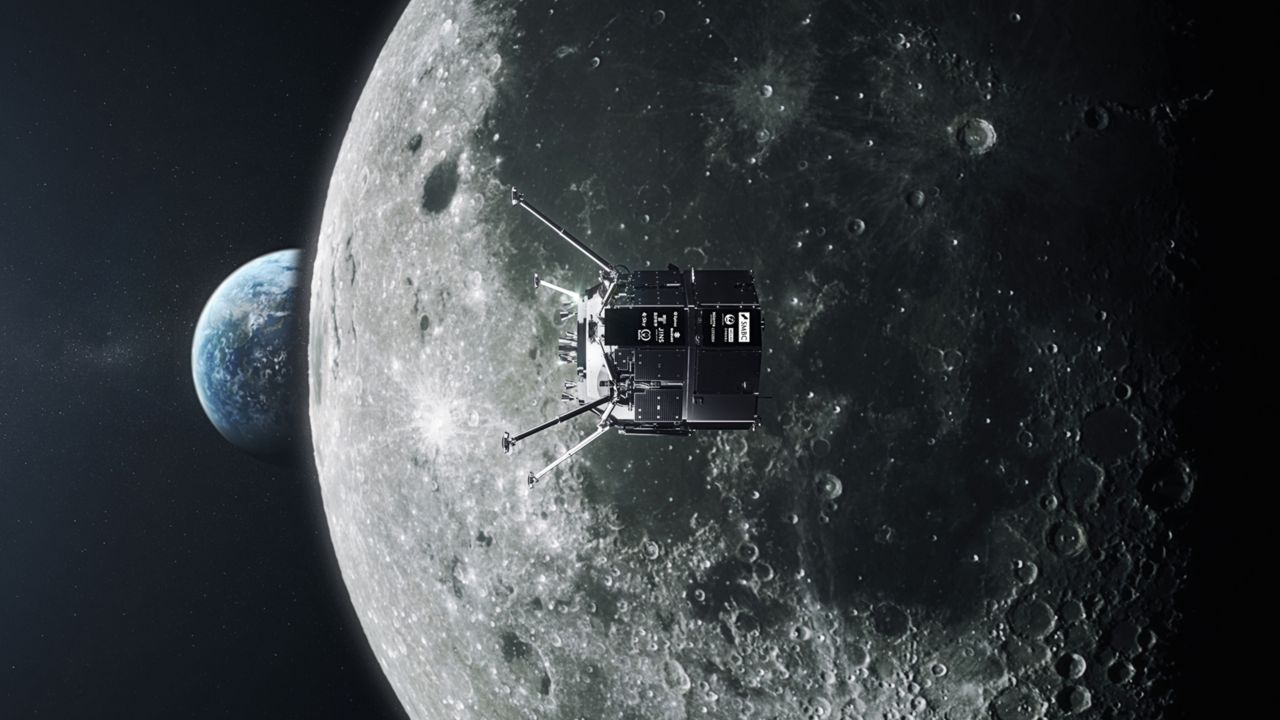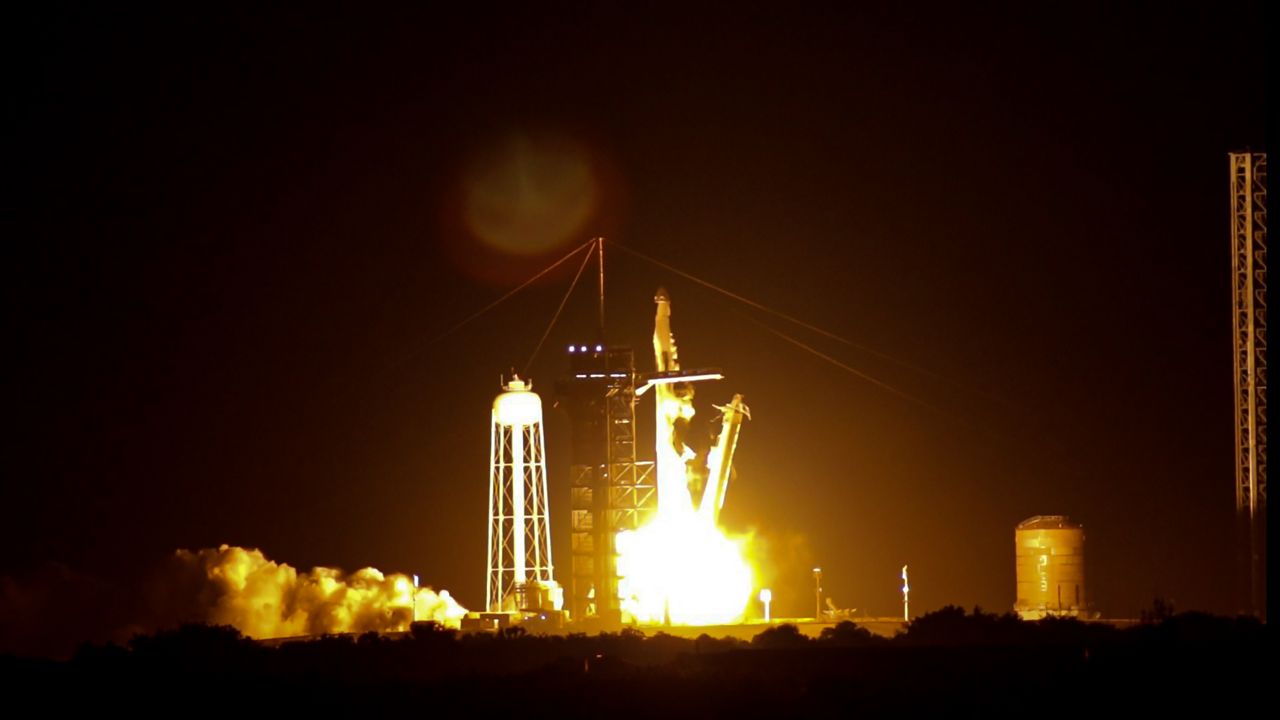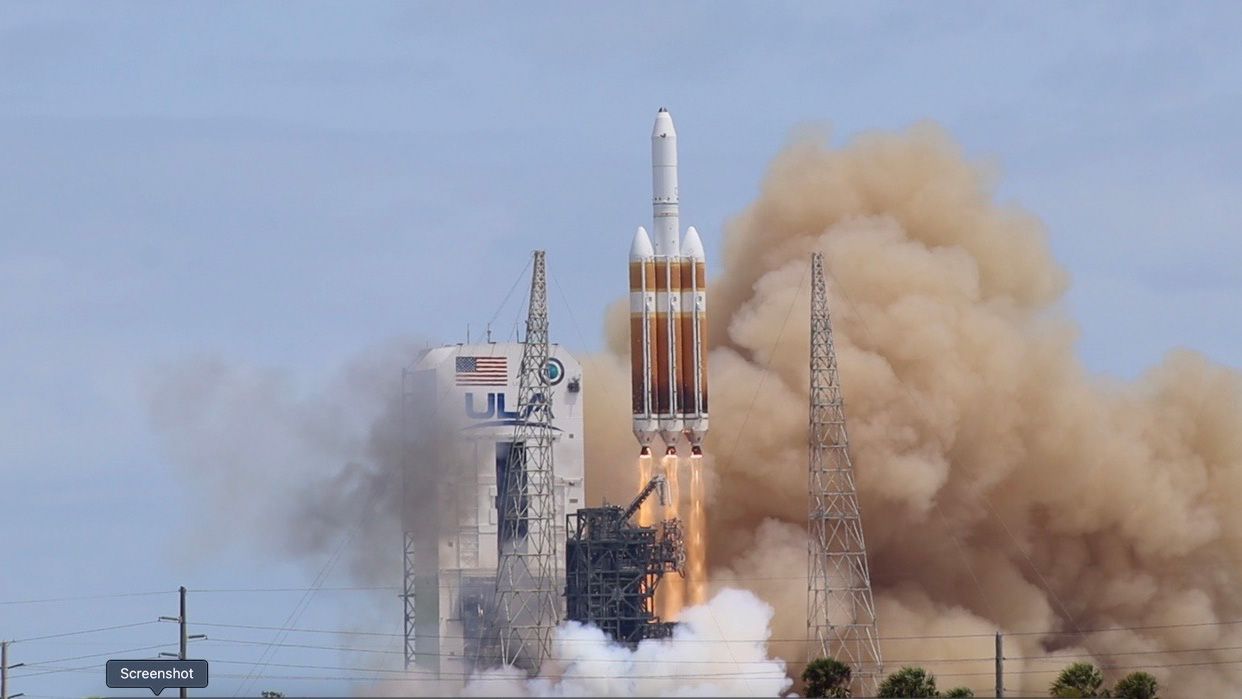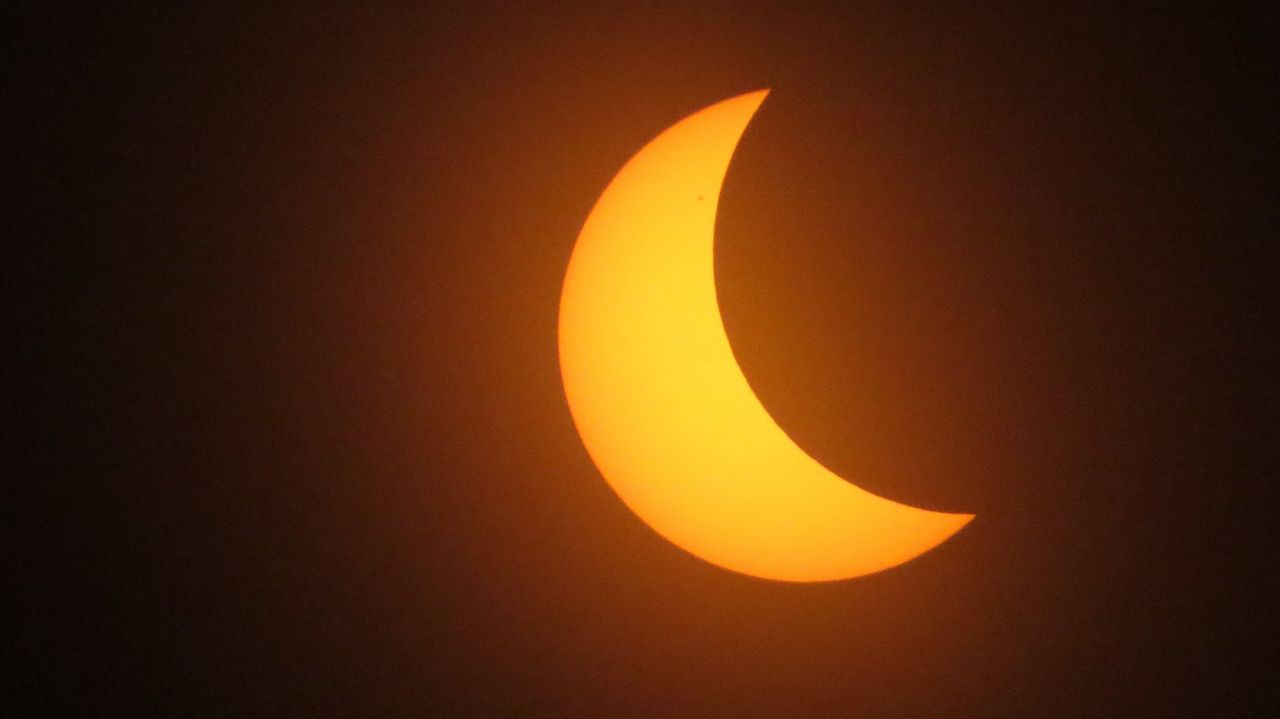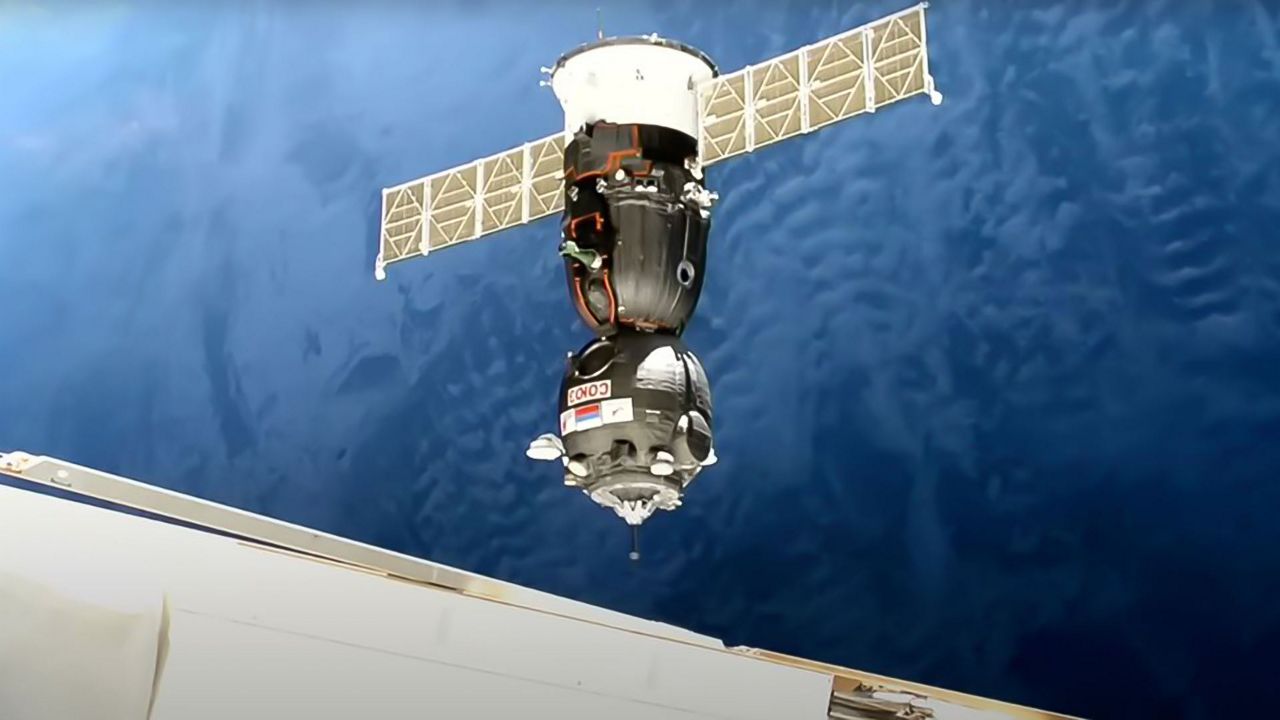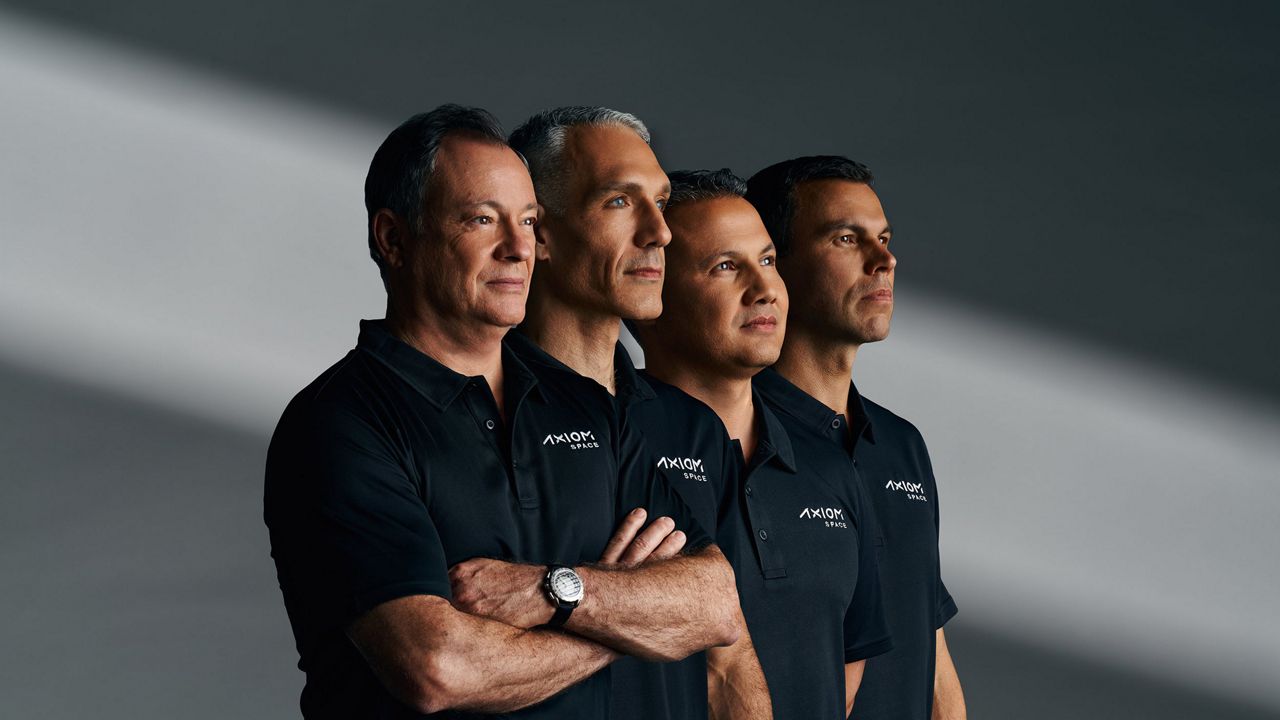KENNEDY SPACE CENTER — Firefly Aerospace will send up its Blue Ghost lunar lander carrying nearly a dozen experiments from space agencies, companies and universities to discover more secrets about the moon.
What You Need To Know
- Firefly Aerospace will send up its first Ghost Riders in the Sky mission to the moon in mid-January
- The company's Blue Ghost is a lunar lander that will carry 10 scientific payloads
- SpaceX's Falcon 9 rocket will launch Blue Ghost's first mission, along with Japanese company ispace's own lunar mission
Texas-based company Firefly Aerospace will have its lunar lander called Blue Ghost sent to the moon, about a 45-day journey, as it carries 10 payloads of science equipment from universities, space companies and space agencies.
The destination is Mare Crisium (Latin for Sea of Crises) which is one of the dark patches on the northeastern part of the moon that was created from lava flows that cooled down during ancient times.
This is Firefly Aerospace’s first mission, which is named Ghost Riders in the Sky.
The mission is currently set for mid-January onboard a SpaceX Falcon 9 rocket.
“Firefly’s Blue Ghost lunar lander is named after a firefly species found in the southeast region of the United States that’s known for their distinctive blue glow. Our mission name, Ghost Riders in the Sky, further plays into the Blue Ghost theme,” said Blue Ghost Chief Engineer Will Coogan. “Ghost Riders in the Sky is just the first of many Firefly missions to the moon. We expect to make an annual road trip.”
Blue Ghost will be one of the first commercial lunar landers to reach the moon. Coogan said it will be “pioneering a highway from Earth to the lunar surface, enabling regular lunar access for both commercial and government customers.”
Getting to know the Blue Ghost
The Blue Ghost lunar lander stands about 6.6 feet tall (2 meters) and is 11.5 feet (3.5 meters) wide.
Coogan said it took about three years to build the Blue Ghost, which included the design, construction and testing stages.
But it took months to assemble once specifications were finalized and tested.
“Our lander will be about 500 kilograms(1,102 pounds) on the surface of the moon, including 10 NASA CLPS payloads and reserve propellant,” he said.
Blue Ghost is part of NASA’s Commercial Lunar Payload Services program, or CLPS.
After orbiting the Earth for 25 days, Blue Ghost will fire up its thrusters and head to the moon, where it will orbit for 16 days before landing.
Landing on the moon is no easy feat, as seen in early 2024. Intuitive Machines became the first private commercial company to land on the moon, and while the company hailed it as a successful mission, the company’s Nova-C lunar lander tipped over.
However, Blue Ghost’s four legs have shock-absorbing wide feet, lower-center mass and the struts on the craft, so there is a lot of hope that it will stick the landing.
Coogan explained the vigorous testing that was done on the Blue Ghost to get it ready for its lunar mission.
“This testing included extensive environmental and qualification testing on the lander, first at the component level, then at the integrated vehicle level, to ensure that the lander will withstand all launch, transit, and landing environments. These tests include operating the lander at the full range of predicted temperatures within a vacuum chamber and shaking the integrated vehicle to simulate launch. The Firefly team also completed nearly 100 lander leg drop tests on lunar simulant, sand, and concrete to simulate predicted and worst-case scenarios. These drop tests included drops from different heights and angles to simulate the full range of possibilities predicted by our landing algorithms. We further built a 1-acre moonscape at our Rocket Ranch in Texas to test our terrain-relative navigation and hazard avoidance system on a heavy-lift drone. This hardware-in-the-loop testing, along with thousands of software simulations, ensure the system can identify the safest landing site in the final moments of descent,” he said.
This little Blue Ghost is only built to operate during a lunar day (about 14 Earth days, while a lunar night is 14 Earth days).
So, with only 14 days, it will be a busy beaver as it will capture photos and data of the lunar regolith, which is made of dust, rocks and volcanic glass, to name a few.
During the daylight hours, the Blue Ghost will also operate the 10 payloads it brought with it. However, the little lunar lander was not designed to withstand the 14 days of night and cold.
“Following the sunset, our solar arrays will no longer provide power, so we expect to operate for about five hours into the lunar night using batteries. Due to the duration and extreme low temperatures of the lunar night, we did not design our mission 1 hardware to survive the rest of the lunar night. This capability can be a major mission architecture driver for both a lander and its payloads, and was not required for this mission. That said, we look forward to supporting all-night-survival capabilities on future lunar missions,” revealed Coogan.
Speaking of payloads, the lunar lander will provide all power and data services needed. That means all the payload data traveling back to Earth goes through the lander’s communications system, Coogan said.
That data arrives at Firefly Aerospace’s mission operations center in Texas, and the team there will distribute it to the universities, companies and space agencies that have payloads on this mission.
Getting to know the payloads
“Blue Ghost serves as the bus for all of our payloads,” he said.
And there are a lot of payloads.
Coogan gave a very fatherly answer when asked which of the payloads he was eyeing the most.
“This is (a) little like asking which of my kids is my favorite. All 10 payloads are exciting in their own way. They’ll help unlock new insights and demonstrate new technologies that are paving the way for humanity’s return to the moon,” he said in an email. “They’ll help unlock new insights and demonstrate new technologies that are paving the way for humanity’s return to the Moon. We have payloads collecting surface samples, drilling down into the surface to measure thermal gradients, demonstrating radiation-tolerant computing, measuring the distance to the Moon with increased precision, and trying to detect GPS signals from twice as far away as has ever been demonstrated.”
Looking toward the mission and the future
Coogan said that he imagines that looking back at the first Riders of the Sky mission that he will most likely be inspired by all the new scientific data that will be collected.
But there is one thing he is looking forward to the most.
“But in the moment, I think the first image we see after safely landing on the Moon is what’s going to make the surreal real for me. More than anything else, I look forward to sharing that moment with the team that made it possible,” he said.
But what comes after Blue Ghost’s first mission?
“One of our teammates jokes that the next thing after mission 1 is a cold beer. But after that, the Firefly team is already gearing up for Blue Ghost Mission 2 in 2026. For this second lunar mission, we’ll deliver payloads to lunar orbit and to the far side of the moon utilizing a two-stage vehicle configuration. Our Blue Ghost lunar lander will be stacked on Firefly’s Elytra Dark orbital vehicle. We already passed the critical design review for this mission early this year, and now we’re getting ready to begin hardware integration,” he explained.






